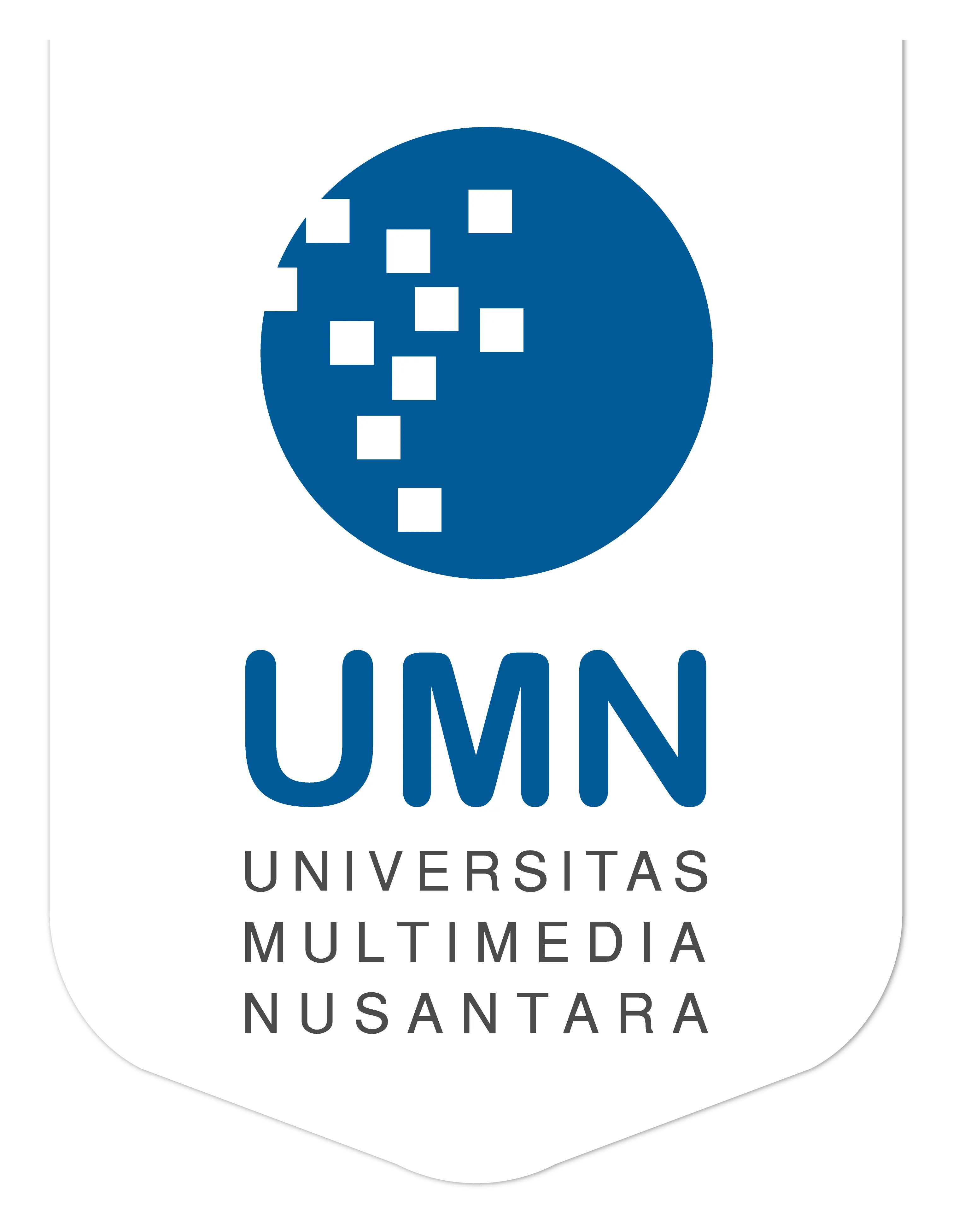
What comes to your mind when you hear private universities? Generally, the first thing that may pop into your mind is “expensive cost”. However, is it true that studying at a private university will drain your pocket? Let’s look at the comparison of private and public tuition fees.
1.Private University Tuition Fee
Each university has different tuition fees. Generally, private university tuition fees are divided into several types, namely entry fees, semester credits fees, and building fees.
Also read: UMN Folding e-Brochure 2021-2022
Credit Fee
Semester Credits are the number of applied hours students must take each semester to graduate. The credit fees vary, and each major or course has a different price. Usually, the weight of credits ranges from 2 to 3. For example, one credit is worth Rp. 200,000, if you take 20 credits, the total cost to be paid is 4 million rupiah.
Entry tuition fee
This fee is issued at least once as a student enters the university and is paid at the time of registration. The base fee is categorized as a donation for the university’s development.
Building Fee
In addition to the cost of credits, students also have to pay building fees every time they enter a new semester. These fees generally include payments for campus facilities such as WiFi, laboratories, and cleaning services. The building fees charged by each university are different, usually ranging from 5 to 20 million rupiahs.
2. State University Tuition Fees
To enter a state university, of course, you have to follow the selection or test stages. Even though the government facilitates it, you also need to know some of the costs that need to be incurred.
Single Tuition Fee (UKT)
Like private campuses, most public universities have an entry fee known as the Single Tuition Fee (Uang Kuliah Tunggal/UKT). The amount of UKT applied by each campus is different. Generally, the range starts from Rp. 500,000 to Rp. 5,700,000.
Tuition Fee
In addition to paying credit fees, several state universities also apply for Institutional Development Contribution fees which are generally intended for students who took the independent route (jalur mandiri). The tuition fee for each department will be different, and the costs incurred will be even greater if the chosen department routinely conducts research or practical activities in the laboratory.
Practicum Fee
This fee generally applies to students with majors requiring practical course activities. Some majors that often carry out these activities are medicine, engineering, forestry, or those related to natural sciences.
Are Private University Tuition Fees More Expensive?
Although it is not as cheap as public universities, most private universities also offer various types of payment waivers. Some are scholarships, academic achievements, instalments, siblings discount, the child of teachers discounts, and others. In fact, some private universities also offer scholarships of up to 100% for students with good grades.
Also read: Scholarship Info | Multimedia Nusantara University (umn.ac.id)
In this regard, private universities in Indonesia are no less qualified than state universities. Plenty of them is equipped with advanced technology and curriculums to produce graduates ready to face the industrial revolution.
Also read: Registration | Multimedia Nusantara University (umn.ac.id)
Source
- Quipper
- Kompas.com
- University123
- UMN
*by Alfitria Nefi Pratiwi | UMN News Service
Kuliah di Jakarta untuk jurusan program studi Informatika| Sistem Informasi | Teknik Komputer | Teknik Elektro | Teknik Fisika | Akuntansi | Manajemen| Komunikasi Strategis | Jurnalistik | Desain Komunikasi Visual | Film dan Animasi | Arsitektur | D3 Perhotelan | International Program, di Universitas Multimedia Nusantara. www.umn.ac.id







